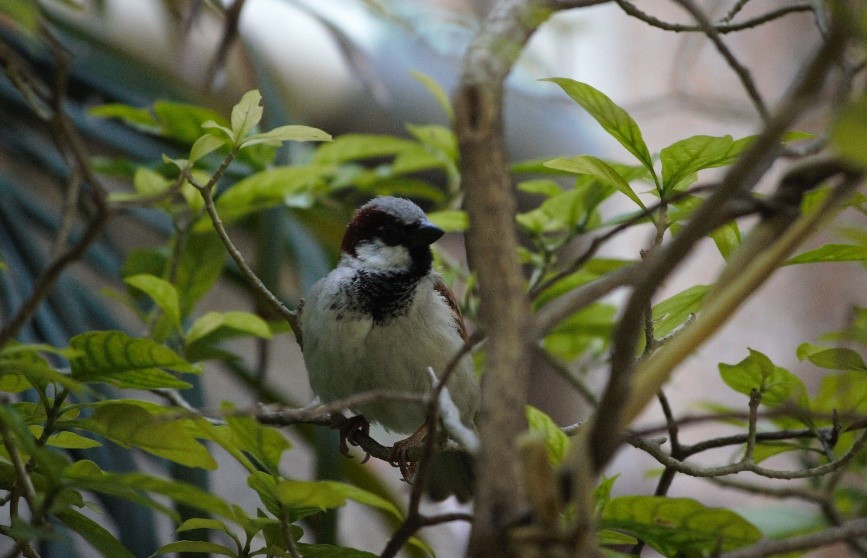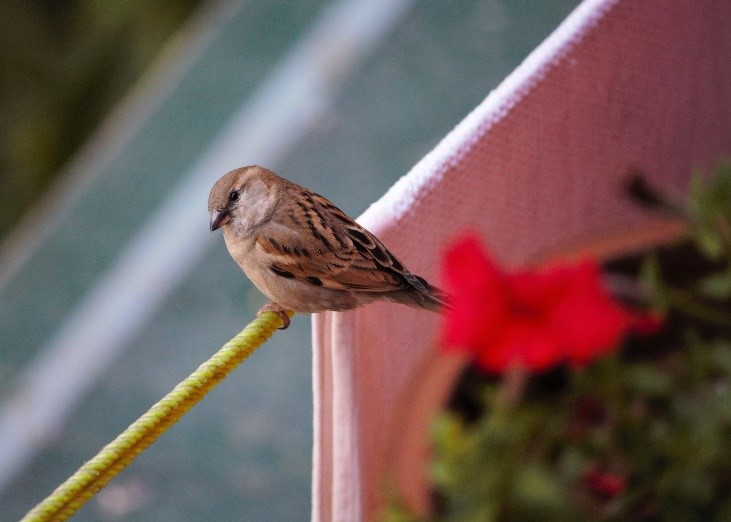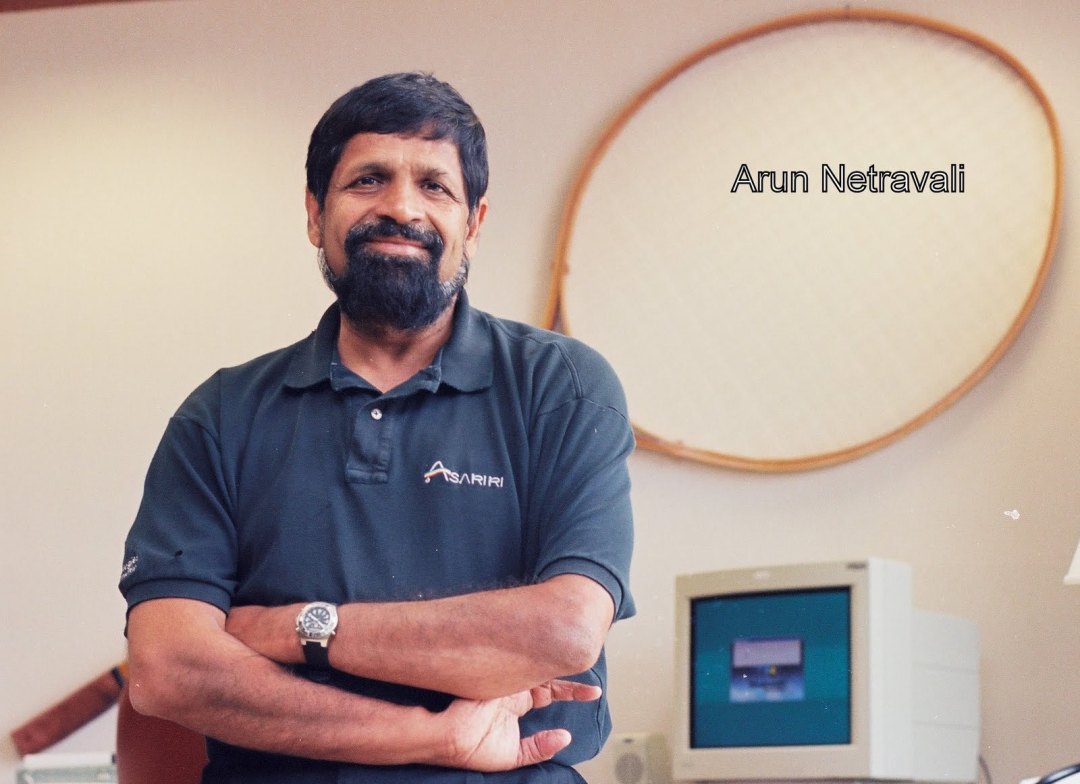
Is the Endangered House Sparrow Making A Comeback?
- News
- 2K
House Sparrow, once an integral part of our immediate environment, all but disappeared almost two decades ago. The common bird that lived in the cavities of our houses and polished off our leftover food, today sits on the red list of the endangered species of The International Union for Conservation of Nature (IUCN).

Scientific studies have established that the house sparrows follow us everywhere and simply cannot live where we don’t. Fossil evidence from a cave in Bethlehem dating back 4,00,000 years suggests that the house sparrow shared its space with early humans.
According to a 2018 Royal Society of London report, the bond between humans and sparrows goes back 11,000 years, and the starch-friendly genes of the house sparrow tell us a story linked to our own evolution. Agriculture, the study said, triggered similar adaptation in three very different species – dogs, house sparrows, and humans.
Around the start of agriculture, the urban house sparrow split from the wild birds; it has a pair of genes, AMY2A, that helps it digest complex carbohydrates, the reason that it shares our love of starchy wheat and rice.
Conservationists attribute the decline in the population of house sparrows to the unfriendly architecture of our homes, chemical fertilizers in our crops, noise pollution that disturbs acoustic ecology and noxious exhaust fumes from vehicles. The debate about whether the digital revolution has jammed the air passages is inconclusive, but common people say it is no coincidence that the house sparrow started disappearing in the late 1990s when mobile phones came to India.
Concerted efforts are being made to bring back the house sparrow. According to scientist-conservationist Mohammed Dilawar, “Earlier, the house sparrow and other common species were not considered conservation material by scientists, and common people were far removed from conservation as a subject.”
A vigorous campaign by the outfit he heads, “Nature Forever”, led to March 20 is observed as the ‘World Sparrow Day’ and the house sparrow being declared the state bird of Delhi in 2012. Today, Dilawar says, “it enjoys a high profile globally, its conservation, a people’s movement.” However, data is not available on the impact of the campaign that focusses on simple, doable and affordable things like putting nesting boxes and water/grain bowls in balconies.
It is largely believed that the house sparrow is making a steady come back. “Thanks to the sheer number of people who have been longing to see the bird that connects them to their childhood, the house sparrow is coming back,” says 60-year-old bird-watcher Jasmine Lamba. Living in a housing society on the Delhi–U.P. border, Lamba says, “there was not a single sparrow around me last spring, this time there is a flock.”
But not everyone is fond of the house sparrow; in fact, quite the opposite. Some people see the house sparrow as an invasive pest, a “kind of brown-winged rat stealing our food”. In an article in smithsonianmagazine.com, biologist and author Rob Dunn said that the human love-hate relationship with the bird was typical of human beings:
“I can tell you that when sparrows are rare, we tend to like them, and when they are common, we tend to hate them. Our fondness is fickle and predictable and says far more about us than them. They are just sparrows, neither lovely nor terrible, but just birds searching for sustenance and finding it again and again where we live.” (ISW)
Jagpreet Luthra
If you liked this article, then please subscribe to our YouTube Channel for the latest Science & Tech news. You can also find us on Twitter & Facebook.


